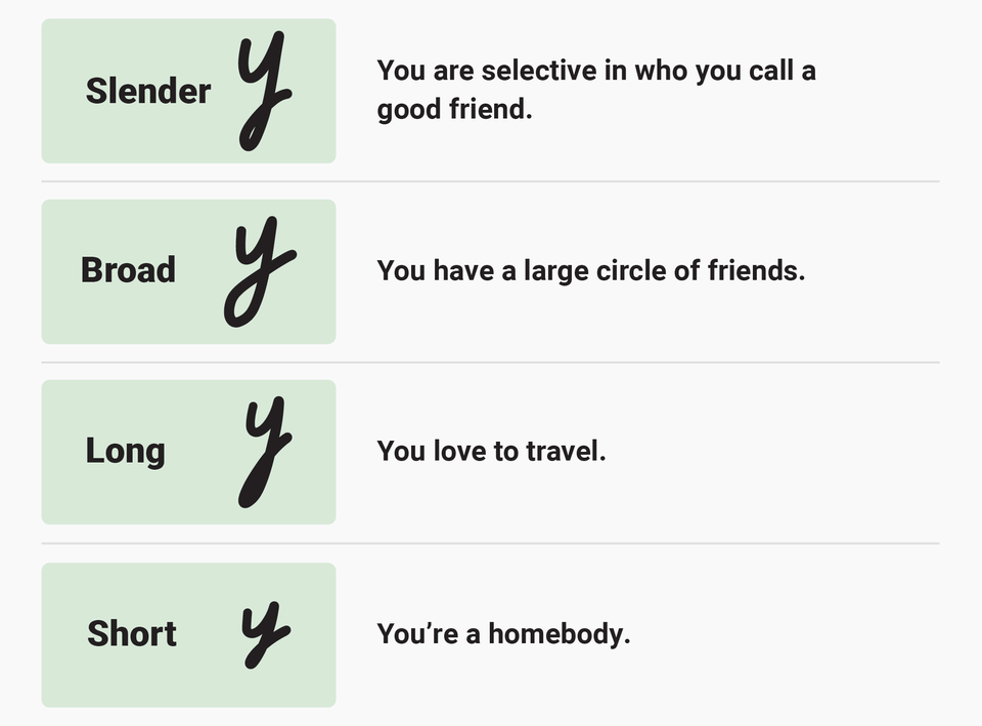Thinking, Fast and Slow, written by Daniel Kahneman, Nobel Prize winning author, that critically analyzes and assesses the ways human beings confront everyday cognitive challenges through cognitive functioning. By nature, it is proven, throughout the text, how prone humanity is to come up with answers, solutions, and ways around making certain decisions based off of faster methods of thinking. Kahneman provides a lot of knowledgeable perspective on human psychology and psychological behaviorisms coinciding with perspectives of qualified experts, researchers, including the utilizations of statistical data, research findings, and visual aids/prompts. Thinking, Fast and Slow, section-by-section and chapter-by-chapter, goes more and more in-depth into the ways human beings view, communicate, and react to one another. Daniel Kahneman reasoned that most erroneous and false beliefs can be attributed to thoughts driven by emotional reactions or psychological conditioning, and not from logical, factual evidence. The book is split into five sections: The Two Systems, Heuristics and Biases, Overconfidence, Choices, and the Two Selves.
First, the discussion of the Two Systems involves the discussion of the split between the two systems of thinking, system 1 and system 2. System 1, according to Kahneman, consists of the inherent judgements and decision-making principles made through half-aware and illusory thinking. System 2 takes much more consideration to utilize, because thinking through system 2 requires more cognitive functioning and critical thinking. When the two of these systems come together, there is more of tendency to default to system 1 due to the relief that it provides to the mind. The next part of the text is on Heuristics and Biases. An extension on the discussion of the Two Systems, Daniel Kahneman describes the many ways we delude ourselves, through our thinking, into beliefs that are otherwise proven to be fictitious, erroneous, or even hypocritical. Due to the tendency to think faster, people are generally going to fall into the tendency to formulate thoughts based off of inherent biases, personal beliefs, morals, or even “gut feelings,” that are not exactly rooted in evidence. Part III on overconfidence assesses the ways in which thinking is centered on an individual’s sense of knowing, no matter if they are right or wrong in their personal logic. Overconfidence is often empowered through personal intuition, and even more so in the intuition of experts. Thoughts influenced by overconfidence are often not based off of statistical evidence or research data, so there is a lot of room for falling into illusions and deluding oneself into hoping for outcomes that may potentially work out in our favor. In part IV on Choices, Kahneman brings to the forefront the numerous ways we may be influenced to go about the decisions we make on a day-to-day basis, and the core focus on this section is centered on “Humans and Econs.” Humans, are in fact, represented as the consumer, entrepreneur, laborer, and/or employer or an everyday, average person going about their daily life. And an Econ is a person who functions perfectly as an individual who makes perfectly calculated decisions through specified preferential applications. When it comes to human decision-making and choices made through potential economic gain, Kahneman observed that there is a much higher concern with loss than there is with gain; this is described through the concepts of “risk aversion” and “loss aversion.” Through natural human instinct, it is much better for us to hold onto what we have, and not gain anything instead of chancing the risk to lose anything. Finally, in part V on the Two Selves, Kahneman notices an unusual phenomenon of a psychological split in the self, forming the two selves. The two selves are split between the “experiencing self” and the “remembering self” and these two aspects contribute to our understanding of the world, each other, and ourselves as we go about our daily lives. Kahneman asserts that when one aspect of self is considered, the other needs to be, too. The two selves coincide with one another, and one cannot be present or acknowledged without the other.
I found quite a few examples of interest within this book, but something that really caught my interest was the fifth chapter in the book. Chapter 5 in Thinking, Fast and Slow covers the topic of cognitive ease. Cognitive ease, according to Kahneman, is a way we can think fast without straining ourselves too hard. An instance of cognitive ease mentioned in the book by Kahneman is the “rhyme-and-reason effect” which he goes on to explain that there is a more general belief that statements, passages, or phrases involving rhymes were more logical than factual statements that do not involve rhymes, even if they do not make any sense. This is especially fascinating to me because, it is further proof that, as human beings, we tend to default onto what is easier for us to do, think, or say instead of trusting ourselves to think just a little more. It is not because we lack intelligence, but is no doubt due to not wanting to put too much work into thinking about something that we are not going to spend the entire day thinking about. The human mind goes through thousands of thoughts a day, so there has to be a way to sift through thoughts faster, hence the cognitive ease defaults.
When relating Thinking, Fast and Slow to in-class topics, I think of the section on Ways of Thinking, particularly the sub-section on Appealing to False Authority. In part III of Thinking, Fast and Slow, the overconfidence is expert opinions and knowledge is discussed, and when there is a high opinion of someone who claims to be an expert, then it is not always going to be reinforced by factual evidence, proof of credentials, or back by research and statistics. Appeals to False Authority often does not require this evidence because there is defaulting to overly trusting someone who sounds like they know what they are talking about, even if they do not have the evidence to support their claims. For example, someone who claims to know about healthy dieting and healthy lifestyles would be encouraging those who follow their advice to adapt to a vegan lifestyle, even though they have no idea what an individual needs nutritionally to meet their daily needs. Their understanding of healthy living can be assumed by looking at their appearance and slim physique, so there is not necessarily a concern as to whether they are qualified to know what they are talking about or not.
After reading Thinking, Fast and Slow, I am certainly going to be more considerate about how I think going about my life. I tend to approach tasks that I find overwhelming with a negative mindset, which leads to giving myself a much harder time to get through the task. When I take into consideration all of the times I could have put my mind at ease, and initially confronted tasks with a more positive mindset, I could have saved myself a lot of heartache, stress, and strain from choosing to procrastinate and allowing the stress to build as tasks piled up, becoming more mountainous. I know I have a lot of work cut out for me to shift my perspectives to being more encouraging of myself, but Thinking, Fast and Slow put a lot into perspective for me. This book is definitely going to help provide someone with the insight into how we tend to put effort into our brain function, and ways to confront our tendencies to fall into illusion, self-sabotage, and deceit. I am sure that this book is going to be more than impactful for someone who otherwise may not have been formerly aware of the many ways we, as human beings, learn and adapt to thinking too fast. Anyone who reads this book will benefit from the knowledge provided by Daniel Kahneman, and, although there is not necessarily a natural tendency for us to think constructively and slowly, this book and the ways in which Daniel Kahneman challenges us to shift our perspectives, with numerous tests, experimental examples, and theoretical proposals, it is not possible to not have taken something of substance from this book.
I provided a link to a YouTube video that relates to Thinking, Fast and Slow that I found very interesting! This video does a good job in bringing all of the from the book together through critical analysis of concepts within the text:
https://www.youtube.com/watch?v=UO4BNlFkCZY

















